SHARE

React Native App Development Cost in 2025: How Much Does It Really Take?

In 2025, developing a React Native app typically ranges from about $20,000–$250,000+. Lean MVPs can start around $15,000–$30,000, while large, enterprise-grade apps frequently land between $150,000 and $300,000+. Final cost depends on complexity, features, design, integrations, and where your team is based. This guide explores what React Native is, factors affecting app development cost, real-world examples, current trends, and actionable insights for businesses seeking valuable mobile solutions.
Table of Contents
What is React Native?

React Native is a free and open-source framework developed by Facebook that allows developers to create mobile applications using JavaScript and React. It helps build apps faster while working across both iOS and Android. Unlike traditional app development, where you need to develop separate code for iOS and Android, React Native allows you to use one codebase to create apps that work on both platforms at the same time. This cross-platform capability greatly speeds up development while reducing costs. Features like hot reloading allow developers to see changes instantly, making the development cycle more efficient.
React Native app development services leverage this framework to build apps that feel native in performance and design but are more cost-effective to develop and maintain. It supports a component-based architecture, reusable code, and integration with native modules when needed, combining flexibility with performance.
How Much Does React Native App Development Cost in 2025?

The cost to develop an app with React Native broadly depends on the app’s scale:
| Complexity & Typical Scope | Estimated Budget (USD) | Typical Timeline |
|---|---|---|
| Basic MVP—email/OTP login, profile, basic feed or list, simple forms | $15,000–$40,000 | 4–10 weeks |
| Medium—payments, chat, maps/GPS, push, analytics, admin console | $45,000–$90,000 | 3–6 months |
| Complex—heavy real-time, role-based flows, AI/ML, rich dashboards, compliance | $120,000–$300,000+ | 5–12 months |
Comparison Table: React Native vs Native App Cost
| Factor | React Native | Native (Swift + Kotlin) |
|---|---|---|
| Codebase | Single shared | Two separate |
| Typical new-build budget | $45K–$90K (mid-scope) | $90K–$180K (same scope) |
| Time to first release | 2–6 months | 6–12 months |
| Year-one maintenance | 10–20% of build | 20–30% of two builds |
| Team size | 3–6 core contributors | 5–10 across two stacks |
The shared codebase is the main lever that keeps React Native app development costs lower than two fully native tracks.
Factors Affecting React Native App Development Cost
App Complexity and Features
The most significant driver of cost is the app’s complexity. Basic apps with static content, simple login, and minimal features typically cost between $15,000 and $35,000. Medium-complexity apps that include user authentication, payment integrations, API connectivity, and interactive elements generally cost between $35,000 and $80,000. Complex apps with real-time data, artificial intelligence, extensive backend integration, or multimedia streaming usually range from $120,000 to $250,000 and can reach $300,000 or more for enterprise requirements. Final pricing also varies based on team location and rates.
UI/UX Design
Custom and engaging UI/UX designs increase development time and, consequently, the app development cost. While reusable design templates can reduce cost, business-specific, customized interactive designs require additional resources.
Development Team Location and Size
Hourly developer rates vary widely by region. In 2025, React Native teams in the United States and Canada typically charge about $60–$150+ per hour, reflecting higher costs in major tech hubs. Rates in Western Europe often fall around $50–$120 per hour, depending on country and seniority. Across Asia, common ranges are roughly $15–$50 per hour, with India frequently in the $20–$40 band for experienced developers. Choosing a development partner with the right mix of experience and location has a direct impact on both cost and quality.
Backend and Third-Party Integrations
Apps requiring backend infrastructure for data storage, user management, or external service integration (such as payment gateways, social media logins, or analytics) add to the overall cost. The complexity of backend APIs also influences the timeline and budget.
Maintenance and Updates
Post-launch support, including updates to comply with new OS versions, integrating SDK updates, bug fixing, and server maintenance, requires ongoing costs of around 10-20% of the initial development cost annually.
Real-World Examples of React Native App Projects
Example 1: Grocery Delivery MVP
- Features: User login, product catalog, order tracking, and payments
- Tech Stack: React Native, Node.js, Firebase, Stripe, AWS
- Note: Designed to scale easily after launch
Example 2: Utility Toolkit App
- Features: Calculators, compass, BMI tool, image compression
- Tech Stack: React Native, Swift, Kotlin, MySQL
- Challenges: Intuitive UI, compatibility, native module integration
- Result: Lean, smooth performance across devices
Cost Breakdown by Task
| Phase | % of Total Cost |
|---|---|
| Planning & Research | 10–15% |
| UI/UX Design | 15–20% |
| Frontend Development | 30–40% |
| Backend Development | 20–25% |
| Testing & QA | 10–15% |
| Deployment & Launch | 5–10% |
| Maintenance & Support | 10–20% annually |
Hidden & Long-Term Costs
- App store fees: $99/year (Apple), $25 one-time (Google)
- Third-party services: Subscription fees for payment gateways, authentication, and analytics
- Testing & QA tools: Ongoing expense for bug fixes and compatibility
- Security & compliance: Certifications for GDPR, HIPAA, and PCI-DSS can add $1,000–$5,000
How to Reduce React Native App Development Cost
- Start with an MVP: Build only the essential features first, then add more as you grow.
- Use pre-built components: Make use of React Native’s large library of pre-built components to save time and effort.
- Outsource wisely: Offshore teams offer skilled labor at lower rates, especially in India or Eastern Europe
- Prioritize features: Focus on must-haves; ditch unnecessary add-ons
- Regular maintenance: Invest incrementally to avoid costly rebuilds
Trending Aspects Impacting 2025 Costs
- AI/ML integration: Chatbots and predictive analytics can increase budgets by 15-30%
- AR/VR features: Adds 20-30% for immersive UX
- Low-code/No-code tools: Can trim costs by 25-40% for MVPs
- 5G support: Necessary for performance and future readiness
- Security & privacy enhancements: User data protection is now a must, adding to development and compliance costs
React Native App Development Services: What’s Included?
- Strategic roadmapping and tech stack selection
- UI/UX design tailored to target users
- Development for Android and iOS from a single codebase
- Backend architecture planning and implementation
- Integration with cloud and analytics tools
- Testing, quality assurance, and ongoing support
Conclusion: Get Your App Budget Right with Diligentic Infotech
The right way to think about React Native app development cost is not only the sticker price but the return: one codebase, quicker iterations, and simpler maintenance. Set a clear MVP, rely on well-supported libraries, automate the risky flows, and grow in stages. You’ll control React Native app development cost while shipping a product people actually use.
If you want a tailored estimate, a crisp scope, and a delivery plan that respects your budget, Diligentic Infotech is ready to help. Let’s talk, share your goals, and we’ll map a realistic path with timelines, milestones, and a transparent number.
FAQ’s
What is React Native?
React Native is a JavaScript-based framework for creating high-performance apps with a single codebase for Android and iOS.
What are the hidden costs of React Native app development?
Third-party services, store fees, security certifications, and QA/testing tools are often overlooked but essential.
Is React Native cost-effective compared to Flutter or native?
Yes, React Native remains a budget-friendly choice due to its reusable code and extensive third-party libraries.
How long does React Native app development take?
Anywhere from 1 month to 12 months, based on app scale and features.
Engage with our experts
Subscribe to our newsletter!
Be the first to get exclusive offers and the latest news.
Posted on 9 Jul 2025
Types of Application Software You’re Already Using Without Realizing It
You’re likely using various types of application software every day without even noticing. From writing emails to watching videos or planning meetings, these tools make our personal and work lives easier. This article explains what is application software and how it’s different from system software and highlights different types of application software with examples and trending use cases.
Posted on 30 Jul 2025
How to Create an App for Your Business – A Complete Beginner’s Guide
Creating an app for your business isn’t just for tech companies anymore. Whether you run a retail store, clinic, gym, or logistics firm, an app can directly improve customer experience, streamline your operations, and increase revenue. This guide will walk you through how to create an app step-by-step, explain mobile app development cost, and help you decide what’s best for your business goals.
Posted on 28 Aug 2025
The End of MVP Culture? Why Startups Are Choosing Native Again: 2025 Reality Check
It’s 2025. For years, MVP (Minimum Viable Product) was the default for startup launches. Build fast, test in public, and iterate later. But the game has changed. Startups, investors, and users all want more. Is it the end of MVP culture? Let’s break down the reality, reveal why “MVP is dead” trends matter, and unpack why native experiences are winning out in today’s startup scene.

Reach out
Let’s Start Together
We're a collective of high caliber designers, developers, creators, and geniuses. We thrive off bouncing your ideas and opinions with our experience to create meaningful digital products and outcomes for your business.
Phone Number
+1 (825) 760 1797
hello[at]diligentic[dot]com
